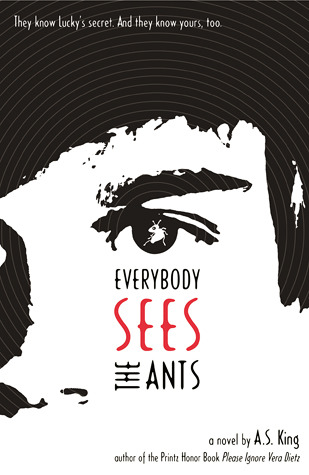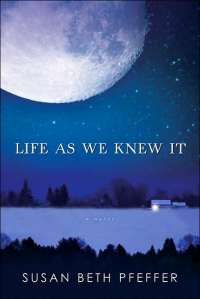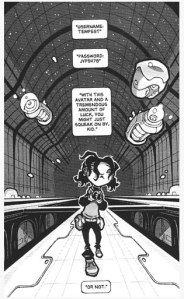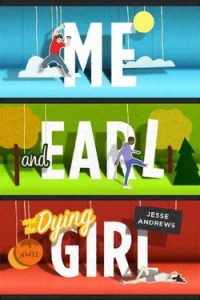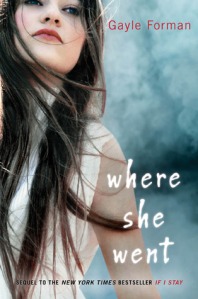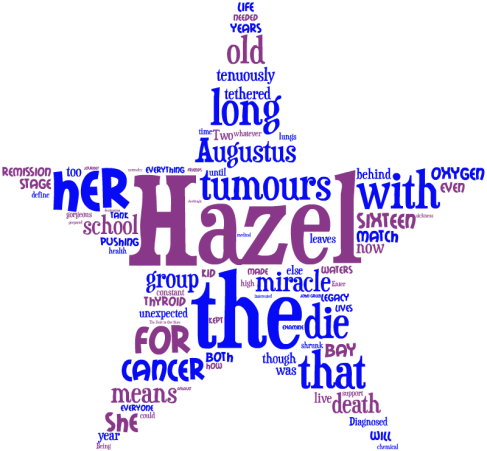I’ll Get There. It Better Be Worth the Trip
By John Donovan
ISBN: 9780738721347
Publisher: Harper & Row (Flux for the reprint edition)
Date of Publication: 1969
Reader’s Annotation:
After the death of his grandmother, Davy adjusts to his new life with his mother in New York City.
Plot Summary:
Davy’s grandmother has just died, leaving Davy and his dachshund Fred, without a home. Eventually his mother takes Davy and Fred back to New York City, enrolling him in a private school. Davy is unsure about his future and the path of his new life. Davy’s mother is happier at a party with a cocktail in hand. Davy’s father has a new girlfriend who connects better with Davy than his own mother.
When Davy enters his new school, he meets Douglas Altschuler, a competitive jock who slowly becomes Davy’s friend. As the boys grow closer, a question begins to form in Davy’s mind: Why do I care so much about this boy? Breaking through the taboo topic of homosexuality, John Donovan’s landmark novel is the story of what it means to grow up and to become an adult in a already confusing world.
Critical Evaluation:
John Donavon’s tale of friendship and maturity is a quick but interesting read. At times the story seems too simple in that Davy’s voice is more childlike instead of a young teen’s voice. As the novel progresses, the first-person voice improves, highlighting Davy’s entrance into maturity.
In regards to the sexuality of the book, the homosexuality act between Davy and Douglas is conducted off the page. From a 21st Century perspective, this seems too tame. Yet, to even suggest such an act, especially in Young Adult fiction, would have been an incredible risk in the late 1960s. Donavon almost treats it like an afterthought. The parental reactions are a true reflection of their characters and it would have been surprising if the parents had acted differently.
Donovan’s themes of childhood maturity doesn’t just stem from sexual identity but from family situations. Davy acknowledges that his life was better because of his grandmother and that his parents will never achieve that inspirational status. One might question why Davy was placed in the care of his grandmother but it becomes apparent with Davy’s interactions with his parents that his brief encounter with his grandmother was a blessing. Towards the end of the novel, it’s clear that Davy was actually better off without either of them, which is why Davy’s maturity will be stronger than he could imagine.
While the book is not primarily focused on LGBT issues, it’s still a great book to suggest to a young LGBT audience. Audiences might feel a connection with Davy’s confusion and gain an understanding of the history of LGBT issues.
Information about the Author:
From his Obituary in the New York Times, John Donovan was a graduate of the College of William and Mary. He gained his law degree from the Univeristy of Virginia and worked with the Library of Congress in their Copyright Office.
He served as the executive director of the Children’s Book Council. He was the author of four books and two short plays. He died in 1992 at the age of 63.
Genre:
Realistic Fiction
Curriculum Ties:
Family Relationships, Sexual Identity
Booktalking Ideas:
Who do you turn to when you need to talk to someone?
Is there a place you like to escape to when everything becomes overwhelming?
Reading Level/Interest Age:
14 and up
Challenging Issues:
There are no current challenges for this book. The American Library Association’s Guide to Library Materials Challenges is a great resource if the book is challenged in the future.
Potential issues would include homosexuality, substance abuse, and poor family relationships.
Why did I include this book in the title selections?
This was the first book that addressed homosexuality in a neutral fashion. This would be a great addition to any teen seeking advice about their sexuality identity.
Reference:
New York Times. (1992). Obituaries: John Dovovan, 63; Wrote, Books and Plays. Retrieved from http://www.nytimes.com/1992/05/01/obituaries/john-donovan-63-wrote-books-and-plays.html

